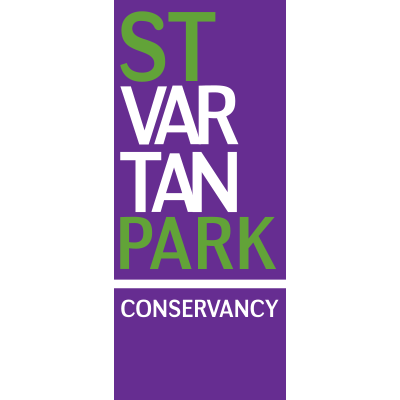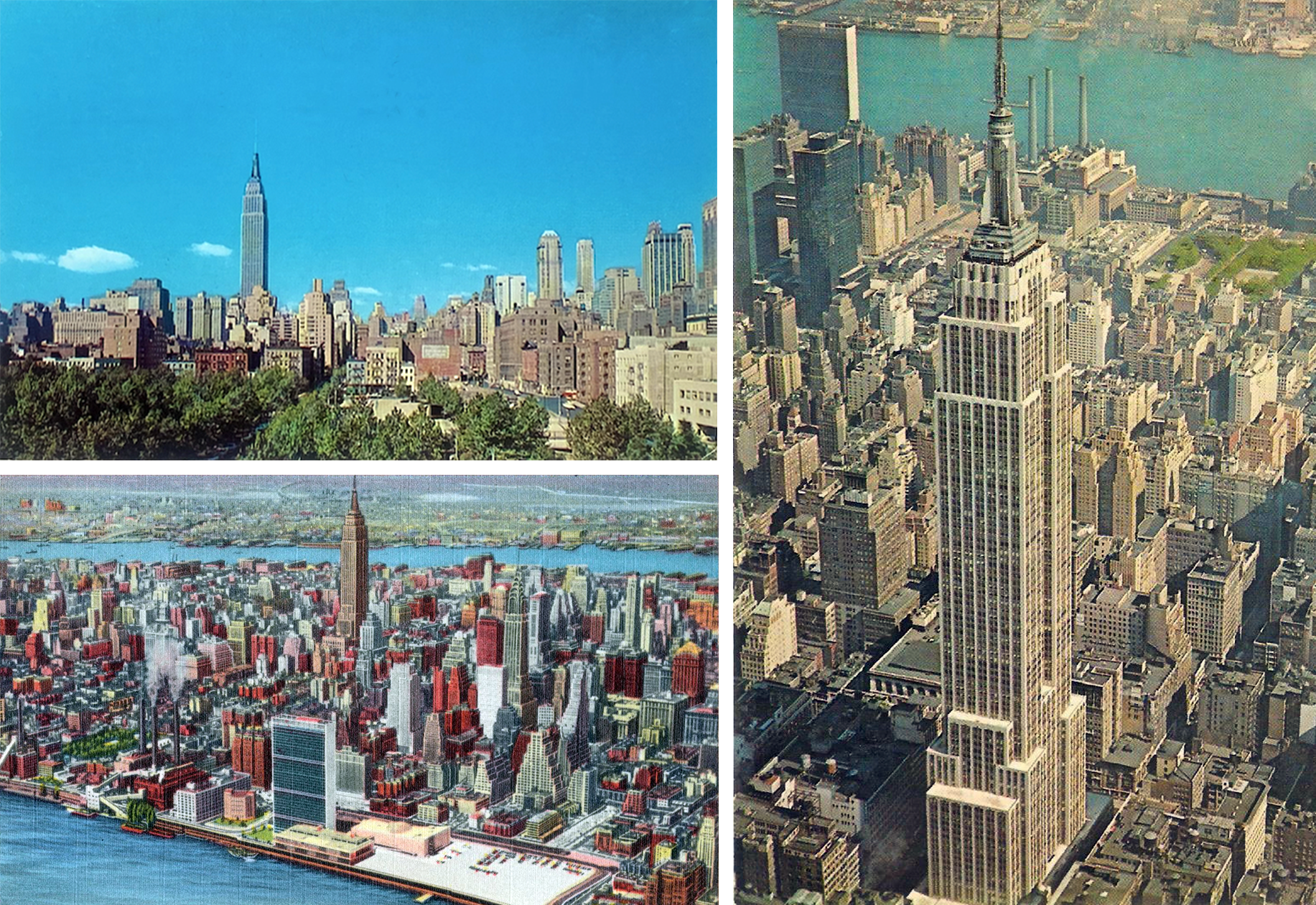About
Launched in spring 2022, the all-volunteer St. Vartan Park Conservancy acts on behalf of the public to improve St. Vartan Park and its surrounding community.
In 2024, NYC Parks and the Conservancy reached an agreement that grants the Conservancy various formal leadership roles including the Conservancy serving as the official steward of the St. Vartan Park public garden.
The tacit village green for the Murray Hill-Kips Bay community, St. Vartan Park is bordered by First Avenue, Second Avenue, East 35th Street and East 36th Street. The NYC Parks space is the largest public park east of Fifth Avenue between 26th Street and 76th Street.
The park features a public garden and natural lawn, a playground, an athletic field, sports courts (including for basketball, handball and pickleball), and a park building. Other amenities include public restrooms, picnic tables, a compost drop-off station and a Little Free Library.
St. Vartan Park is property of the City of New York and under the jurisdiction of NYC Parks.
Retrospection
“Widely regarded as one of New York’s nicest neighborhood parks. You’ll enjoy plenty of shade from the plethora of trees, a big and spacious playground for families with young kids, nice baseball fields and basketball courts. ”
“Just like for Earth Day 2021, public school students and community organizations gathered this morning at St. Vartan Park to clean up the streets. The students from The River School PS 281 and PS 116 joined with their parents to fan out into the Murray Hill neighborhood with their garbage grabbers, picking up as much trash as possible.”
“. . . just far enough away from the hustle and bustle of midtown and just near enough to the good vibes of downtown.”
“ If you’re thinking about moving to New York City, it can be hard to decide which of its many neighborhoods is the right fit for you. Murray Hill. . . is a bit more tranquil and out of the chaos of the heart of Midtown . . a relatively small area of NYC, but you can stroll along the FDR for picturesque views of the East River or stop by St. Vartan Park . . .”
“[On] mornings in Murray Hill . . . sun shines on brownstone blocks and apartment towers; children climb on play structures as flowers bloom in St. Vartan Park on Second Avenue; neighbors chat over omelets at Sarge’s Deli; and the workers of Midtown step to their offices as the city awakens.”
“. . . in the past few years, many more families with young children have been moving to Murray Hill . . . discovery of the 2.8-acre St. Vartan Park, with its big playground that is ‘busy all day long,’ convinced [Eve Moskowitz Parness] that she had made the right decision to stay in Murray Hill.”
“Take a break at St. Vartan Park, at 35th Street and First Avenue . . . features thousands of shrubs that were planted during a 1984 renovation and, in the northeast corner of the park, there sits a sculpture that is the very picture of harmony — a bird perched on the back of a lion.”
“In parks you may get an opportunity to understand your senses, stay with your thoughts and step away from hustle. One of these locations is St. Vartan Park . . . a boost of cheerfulness . . .”
“. . . waves of Irish immigrants settled around Second Avenue, as did a large population of Armenians, part of the reason the huge St. Vartan Armenian Cathedral was erected at the corner of Second Avenue and 35th Street . . . the Rev. Mardiros Chevian, who has been the cathedral’s dean since 1994 [said], ‘I think the whole area has livened up.’ Part of that liveliness is centered on St. Vartan Park, which, though spare, has become a popular place for parents to take their children on weekends.”
“. . . one of the most heavily used breathing spaces in crowded Manhattan is bounded by 35th and 36th Sts. and First and Second Aves.”
“ . . . park’s existence as a breathing space is very necessary . . . with mothers and babies, with baby carriages and little toddlers and energetic three and four-year olds . . . ”
“This park was authorized in response to the plea for a breathing spot, by the dwellers of the middle east side of Manhattan . . . The park consists almost entirely of playgrounds . . . The young trees were cultivated and watered during the hot summer weather, and a hedge of privet, removed from Central Park, was planted along the fence surrounding the park . . . ”
“There was filed in the Supreme Court yesterday a report of . . . Commissioners of Appraisement and Condemnation appointed to value and condemn the property to be acquired by the city for a park between First and Second Avenues, Thirty-fifth and Thirty-sixth Streets . . . The amount claimed by the property owners was $1,400,000. The valuation of the property as estimated by the city experts was $900,000, and the amount awarded by the commissioners is $1,028,000.”
A journey through the park’s history is presented through images and publication excerpts on this page and this site’s History, Events, Garden, Playground, Field, Basketball, Handball, Pickleball, Permits, Building, Wildlife, Swish and Posts pages.

















